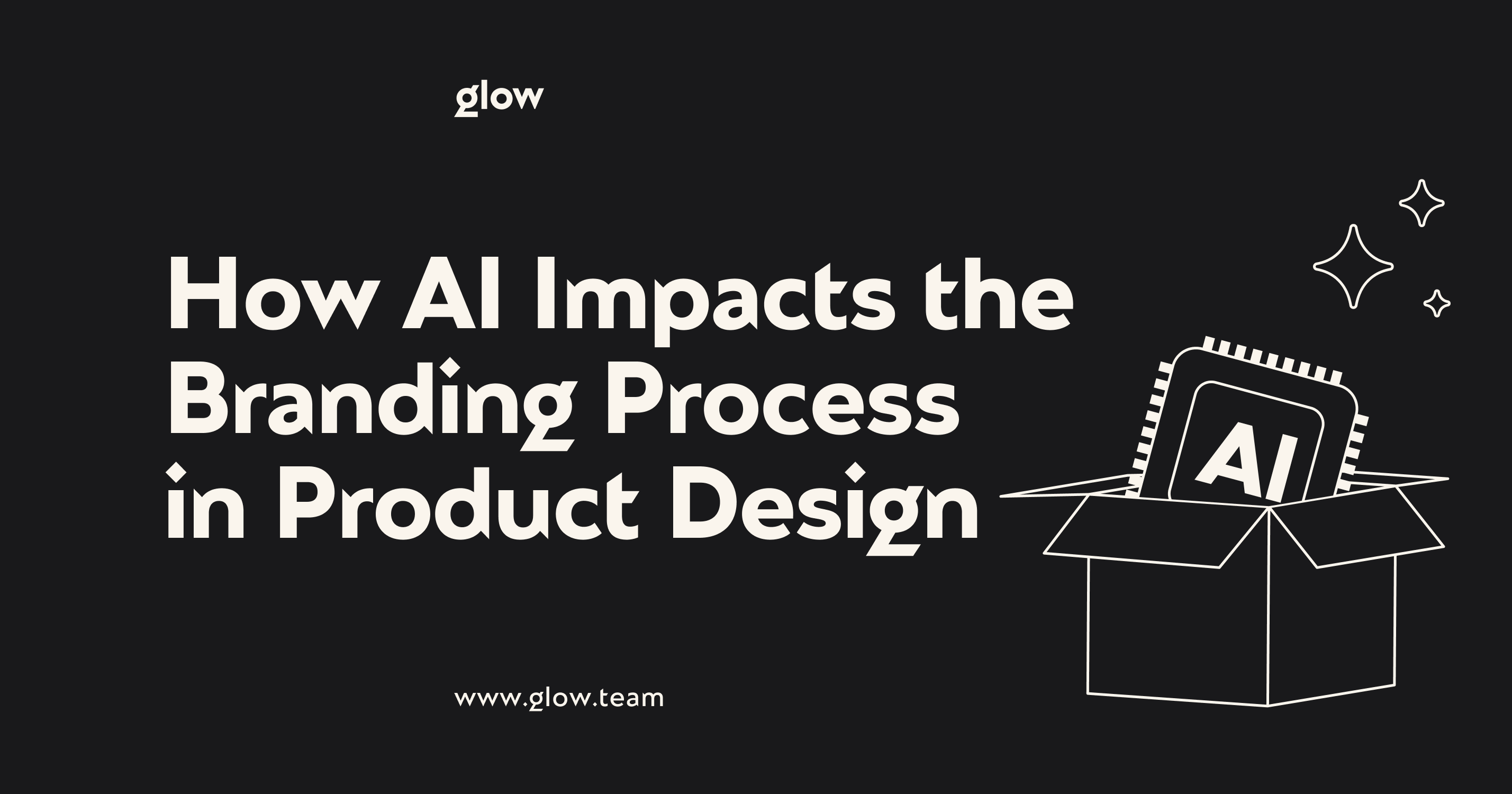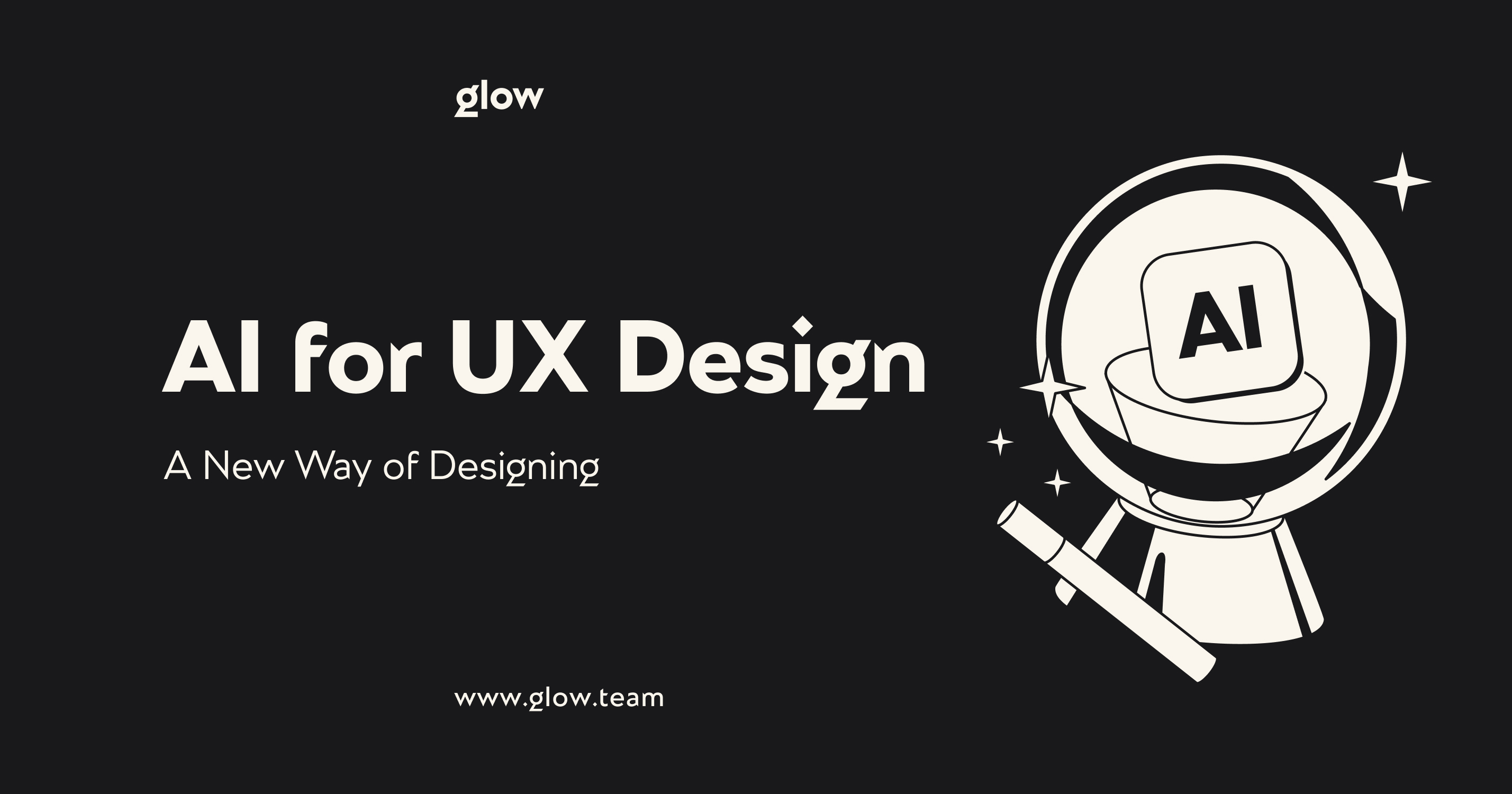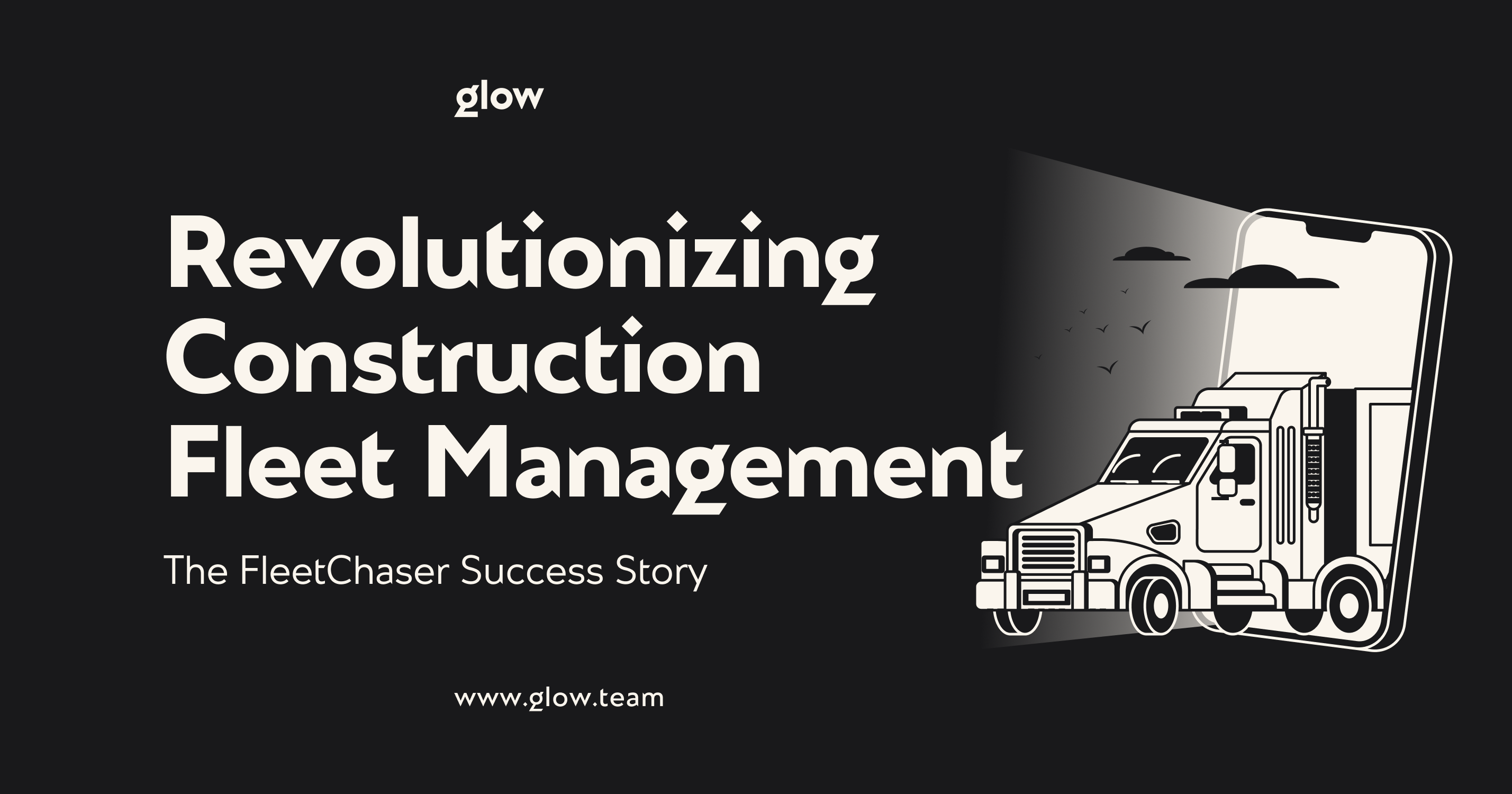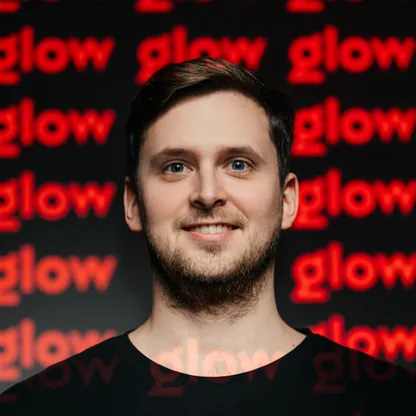Imagine a world where brands come to life in the blink of an eye. It is not science fiction. The real power of artificial intelligence is evolving at a breakneck speed every day. Our company, Glow, is constantly monitoring the field of AI development. All because the world of design is also filled with the help of AI.
Gone are the days of endless brainstorming. Now, AI creates brand identities at lightning speed. It analyzes market trends and consumer preferences in seconds. The result? Branding that always hits the mark.
But AI isn't just about speed; it's also a creative force. It generates countless logos and color schemes. AI branding can even write memorable slogans that never get out of your head. All while maintaining brand consistency across platforms. The impact on product design is huge. AI is changing the way we create and perceive brands. The future of branding is here, and it relies on artificial intelligence.
Introduction
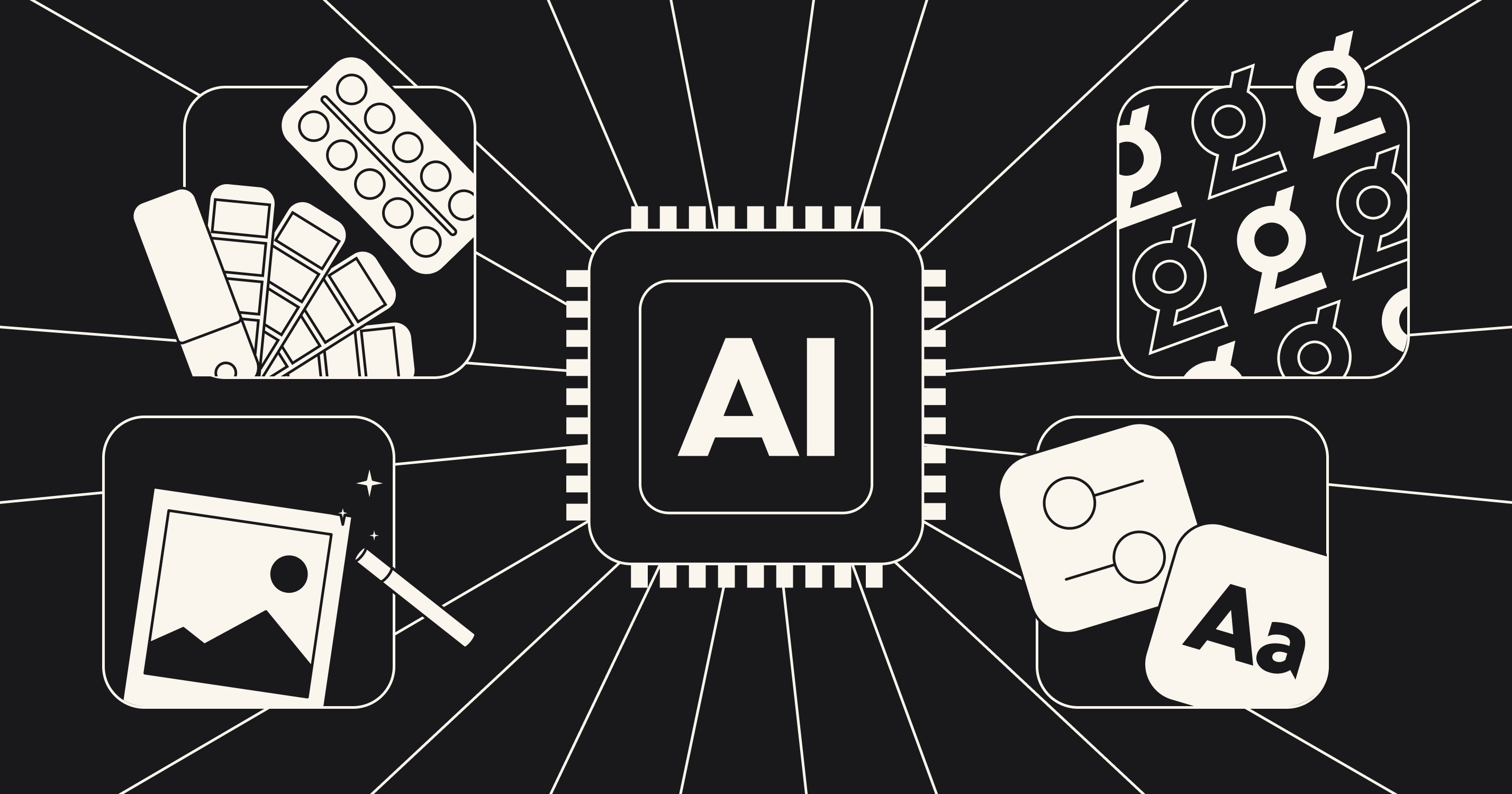
Artificial intelligence in brand product design is a game-changing tool. It uses smart algorithms to analyze data and make decisions. These systems can quickly process huge amounts of information. They help create logos, choose colors, and design packaging.
AI can accurately predict market trends and consumer preferences. It helps create brand messages that resonate with the target audience. For example, machine learning (ML) technology can generate multiple design options in minutes. It speeds up the creative process considerably. AI also ensures brand consistency across platforms.
However, it is worth noting that AI does not replace human creativity. It enhances it, complements it, and helps! Designers use AI for branding as a powerful assistant. It handles repetitive tasks and provides data-driven analysis. It leaves more time for innovative thinking. AI in branding is not just a trend. It is becoming an integral part of modern product design. It is changing the way brands are created and perceived.
The Evolution of Branding in Product Design
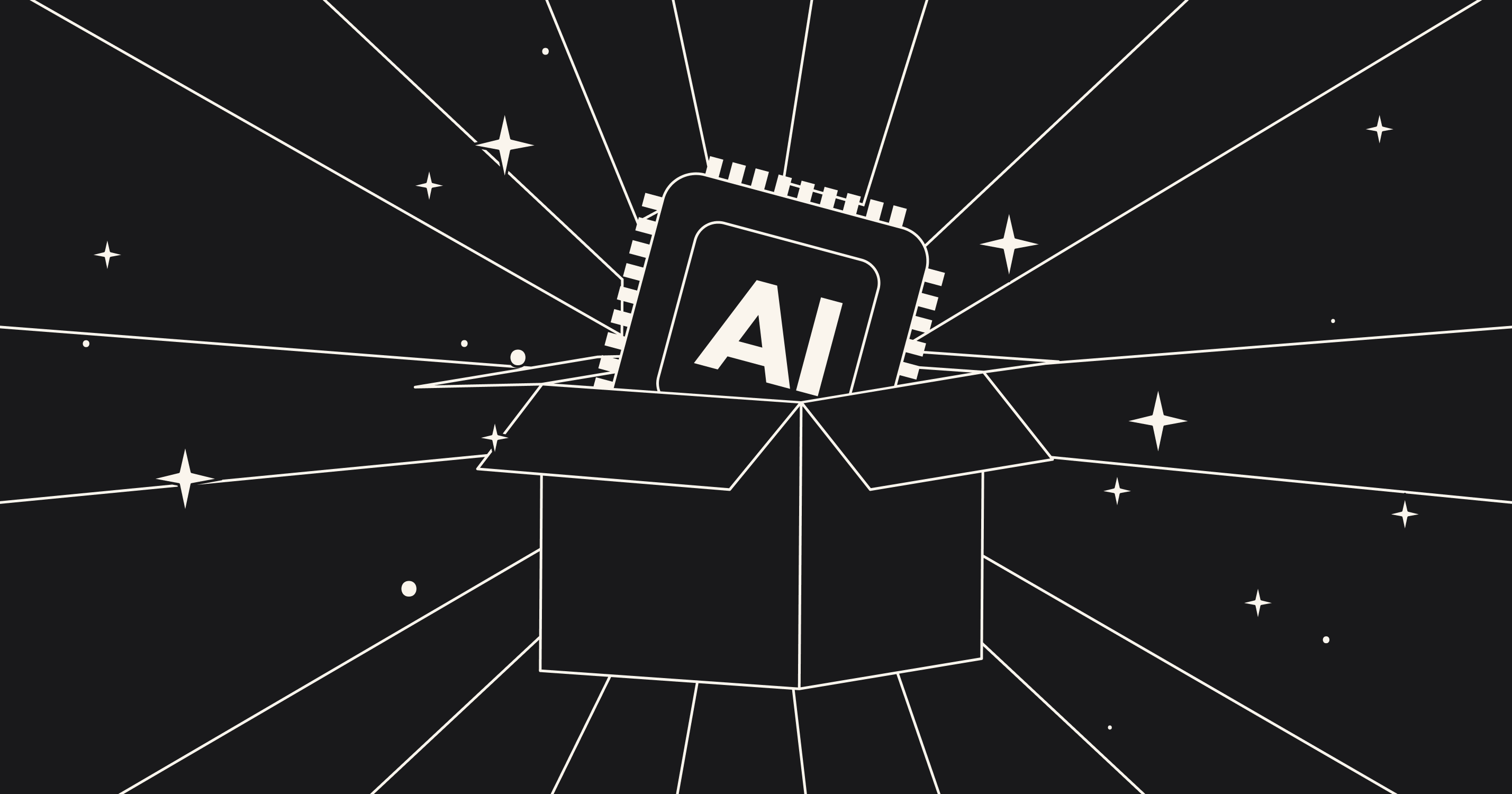
Branding in product design has come a long way. It started simply with basic logos back in the day when not everyone could afford to use these technologies. The first brands aimed to stand out on store shelves. They used bright colors and bold text to attract attention.
As impact branding & design grew, it became more sophisticated. Companies realized the power of emotional connections. They began to create stories around their products. Logos became symbols of lifestyle and values. Packaging became art.
The digital age brought new challenges and opportunities. Brands had to operate on many platforms. Websites, apps, and social media became a critical space for branding. Consistency has become crucial in this multi-channel world.
Then came the era of personalization. Data allowed brands to tailor messages to the individual. Products could adapt to user preferences. This kind of branding impact made it more dynamic and interactive.
Today, we live in an era of branding driven by artificial intelligence. Artificial intelligence analyzes trends at lightning speed. It generates design options in seconds. AI helps in creating targeted campaigns with high precision. Sustainability is a major focus of branding today.
And it's also worth mentioning a bit about the future of branding looks because it looks pretty exciting. Brands will soon be able to create immersive products. Voice assistants are changing the way we interact with brands, too.
Despite all these changes, one thing remains the same. A good brand tells a story even with the use of artificial intelligence. It creates a connection.
Enhancing Creativity and Innovation
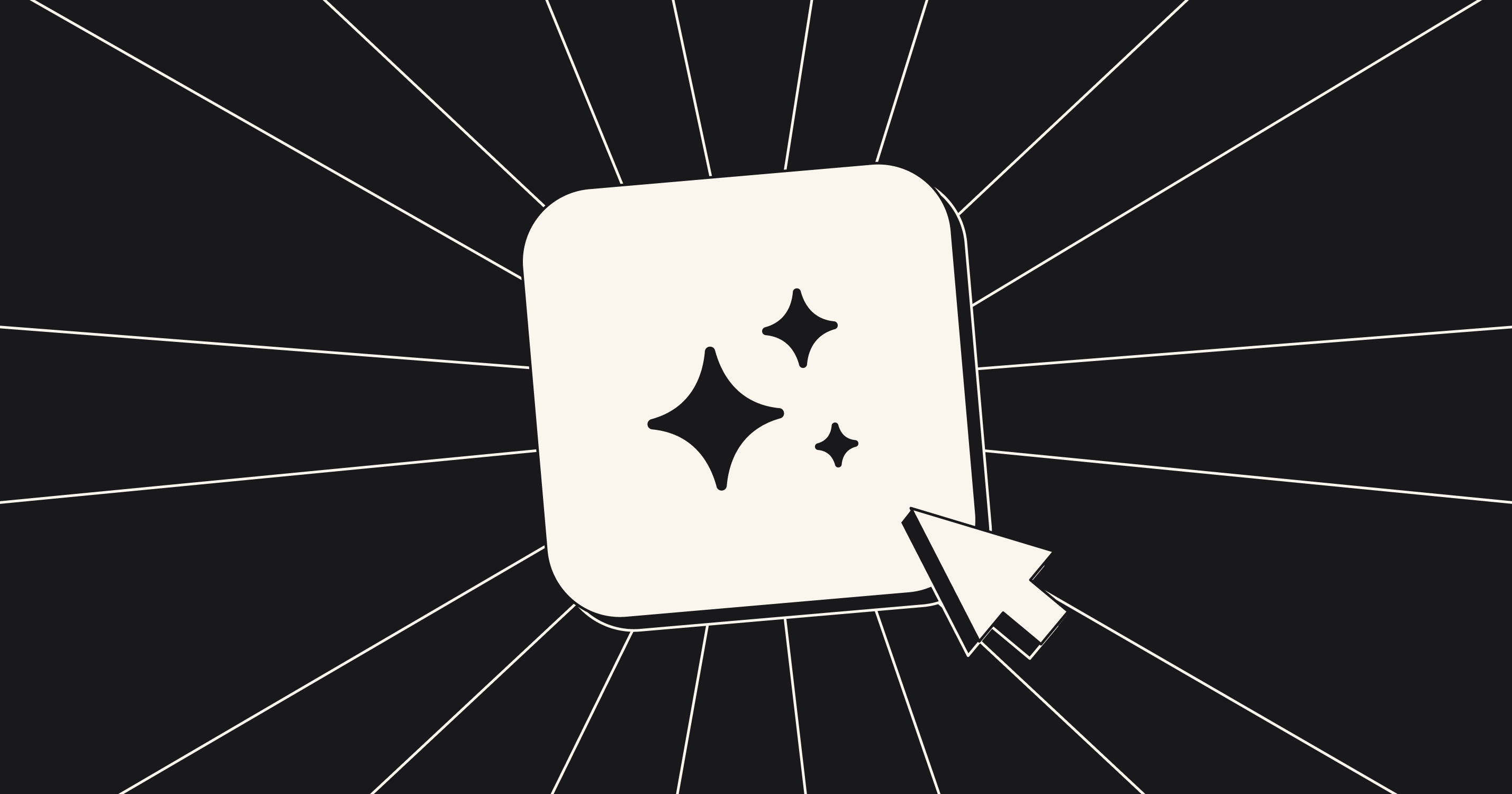
AI serves as a powerful assistant for designers and marketers. It solves time-consuming tasks by unleashing human creativity. It allows teams to focus on strategic thinking and innovation.
AI for branding provides data and unexpected combinations. It generates new ideas and pushes the boundaries of design. With AI, the creative process becomes faster and more experimental. It opens up new possibilities in branding and product design. The collaboration of human creativity and AI capabilities leads to amazing innovations.
AI's role in generating creative branding elements:
- Rapid creation of diverse logo designs
- Generation of brand-aligned color palettes
- Production of catchy slogans and taglines
How AI fosters innovation in product design:
- Analysis of market trends for new design inspiration
- Simulation of product prototypes in virtual environments
- Optimization of product features based on user data
Personalization and Customer Engagement
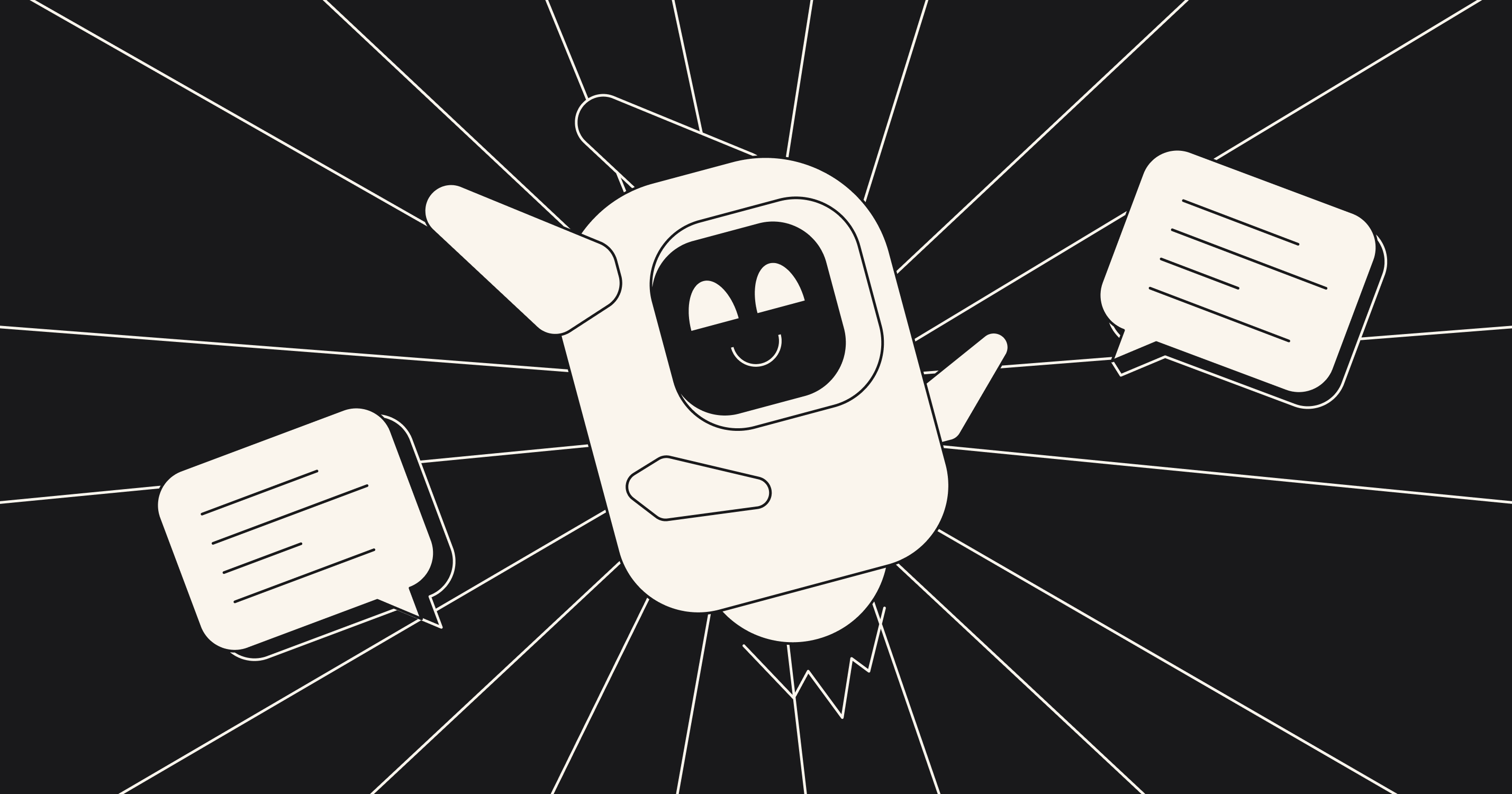
AI has changed the way brands interact with customers. It learns from data
to understand what each person likes. It helps create marketing that feels
personal.
Brands now create a unique experience for each customer. AI branding
suggests products based on what you have bought before. It can even change
the look and feel of the website according to your preferences.
Many companies are using branding impact to add AI chatbots. They answer
simple questions and help with the purchase. It makes customers happy and
frees people from work.
AI also helps brands guess what customers will want next. It recognizes new
trends early. It allows companies to change their products quickly. Even the
products can now be personalized thanks to impact branding & design.
All of this allows customers to feel closer to brands. When everything
feels personal, people like a brand more. They are more likely to continue
buying that brand's products.
Streamlining the Branding Process
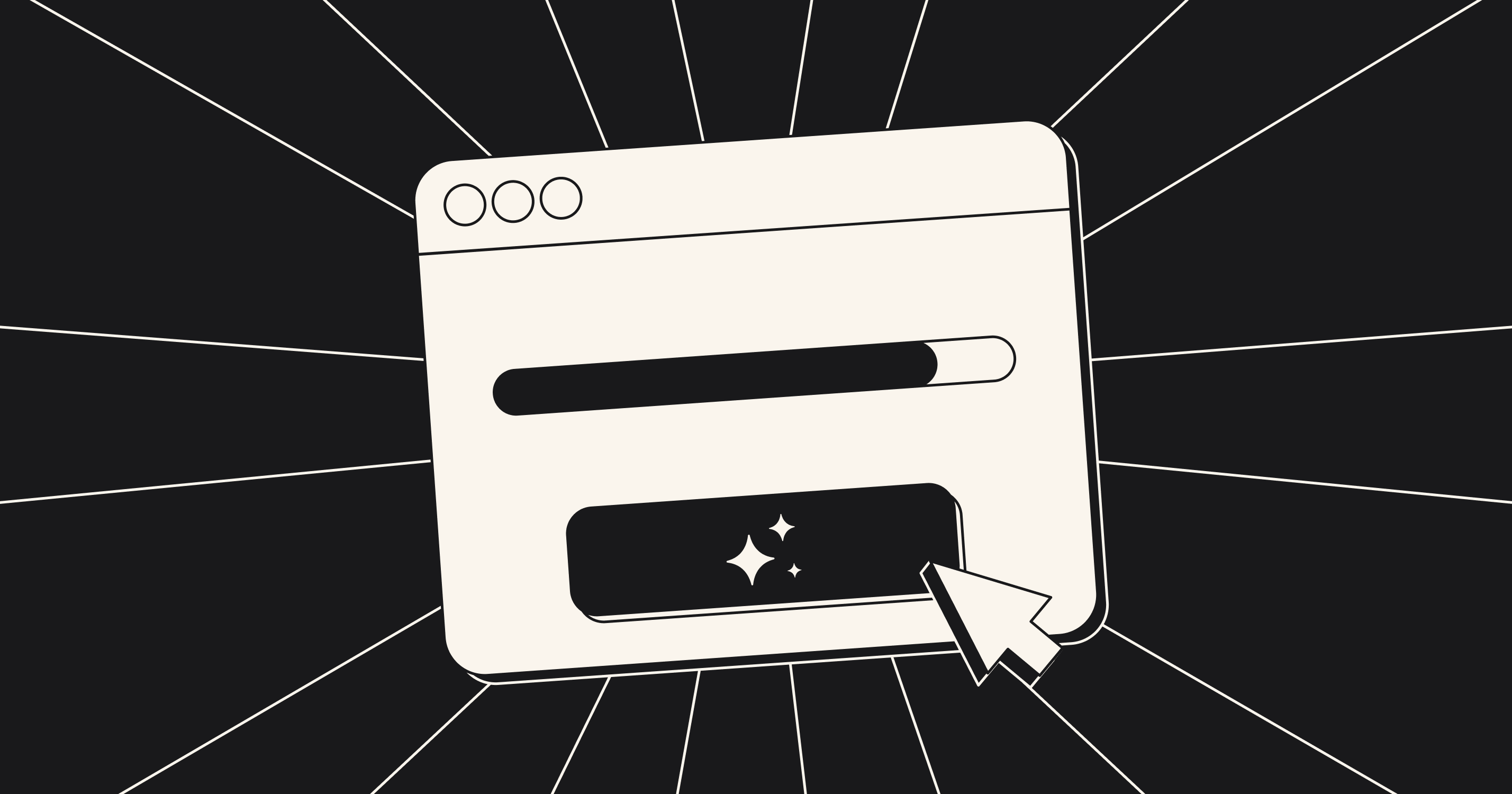
AI has revolutionized the way brands are built and managed. It speeds up tasks and improves accuracy. It makes the branding process smoother and more efficient. The main ways in which artificial intelligence optimizes a brand:
- Automated research: AI quickly collects and analyzes market data. It identifies trends and consumer preferences faster than a human can.
- Rapid prototyping: AI generates multiple design options in minutes. It speeds up the testing and refinement process.
- Consistency checking: AI ensures that brand elements are consistent across all platforms. It automatically flags any inconsistencies.
- Predictive analytics: AI predicts how brand changes might affect customer reactions. It helps you make informed decisions.
- Content creation: AI for branding helps create brand-appropriate content across the company. It includes social media posts and product descriptions.
- Performance tracking: AI tracks brand performance in real-time. It provides quick insights for timely adjustments.
These AI-driven improvements save time and resources. They allow brand teams to focus on strategy and creativity. As a result, the branding process becomes more agile and responsive.
The Challenges of AI in Branding
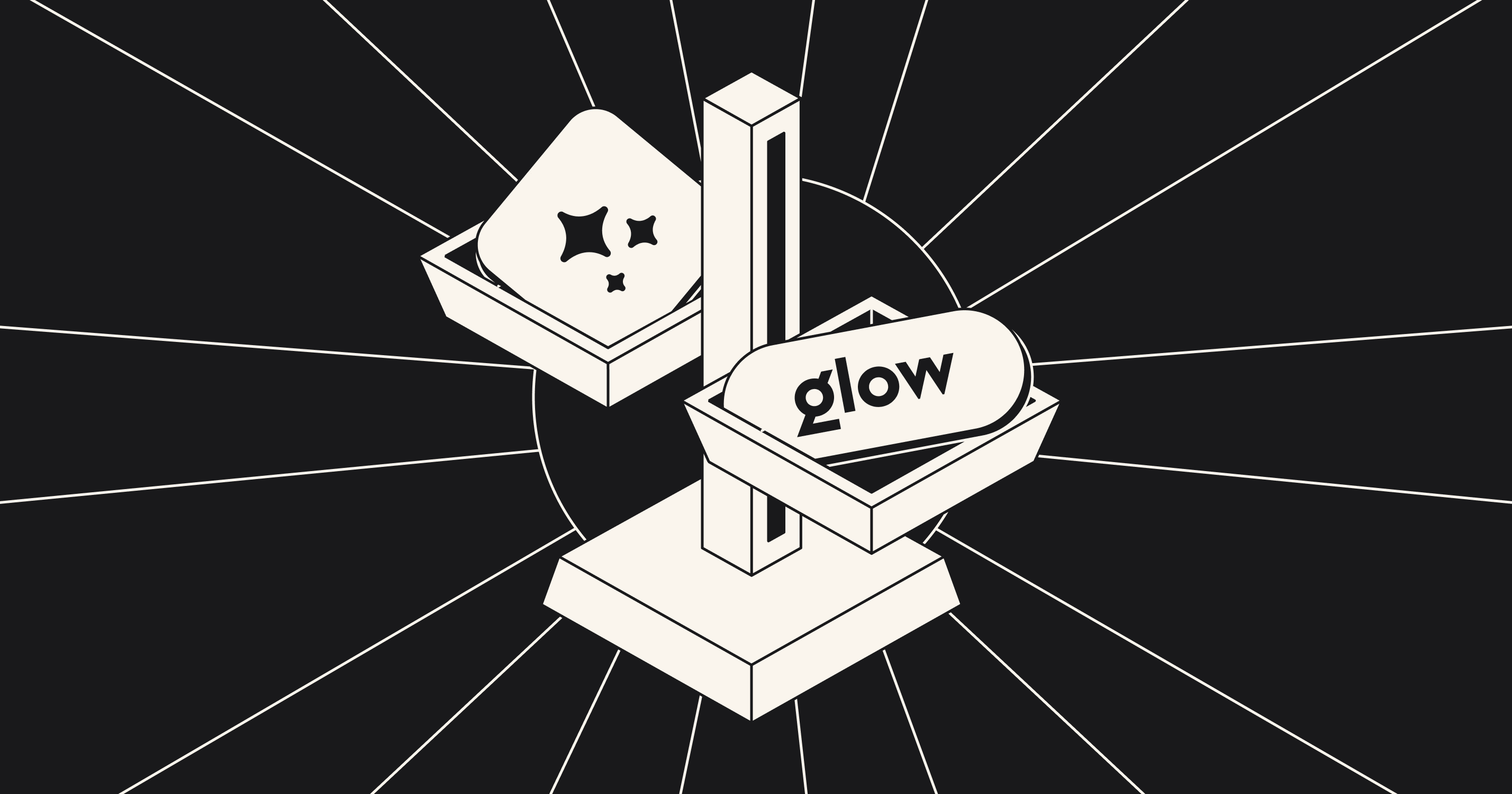
While artificial intelligence offers many benefits, it also poses challenges. The balance between human creativity and AI automation is very difficult. Brands have to find the right mix of AI branding.
There are ethical challenges when creating branding with AI. When AI uses personal data, there is a privacy issue. There is a risk of creating manipulative marketing strategies. Brands need to use AI responsibly to maintain trust.
There is also a risk of AI-generated content appearing too robotic. Brands can lose their unique voice if they rely too heavily on AI. So, we recommend choosing a reliable agency to help you create a quality design. Glow will help you create quality product branding.
Future Trends in AI-Driven Branding
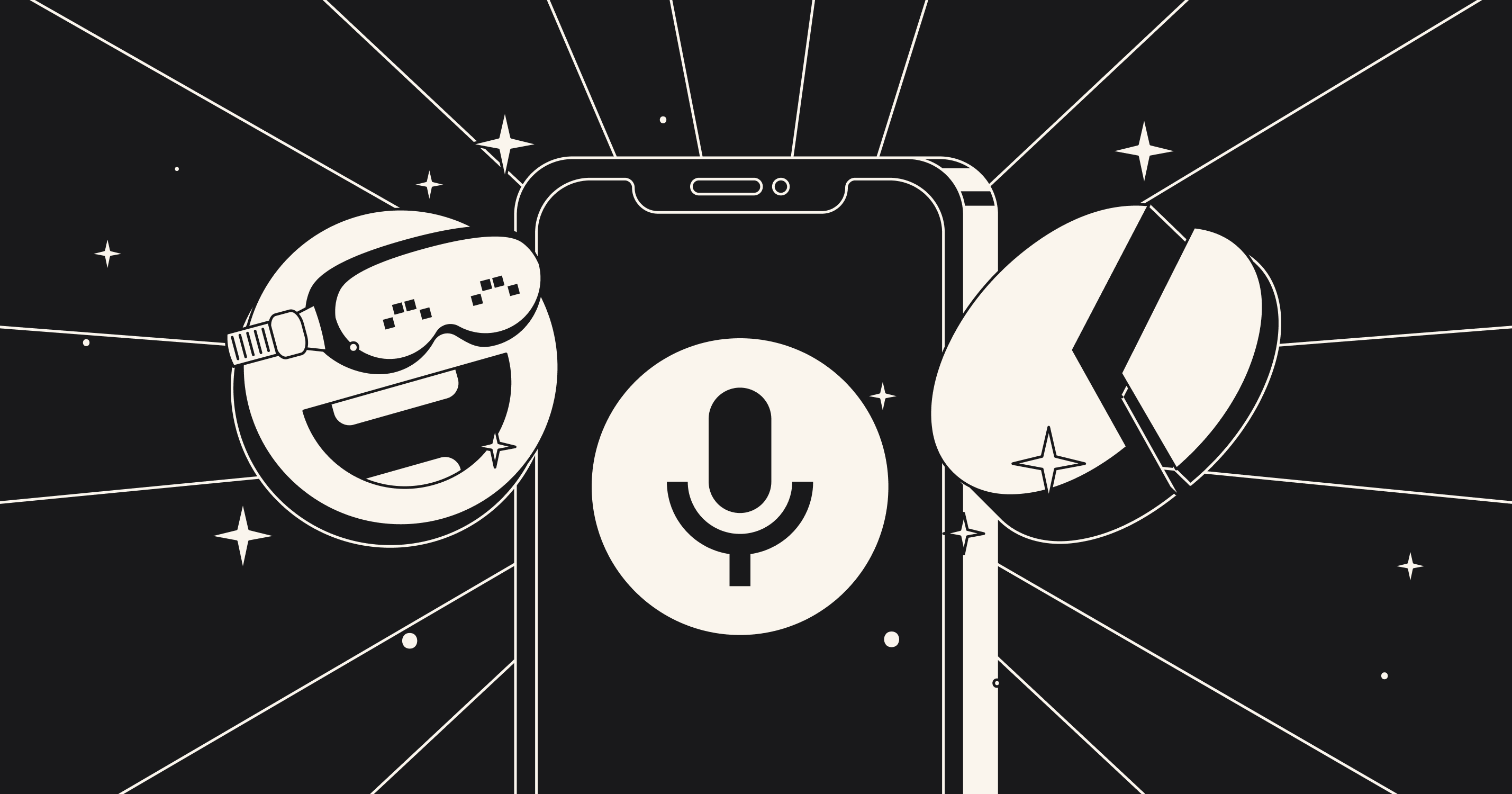
Branding impact will change the world in exciting new ways. For example, we can expect voice branding to become a key trend, as brands will create unique AI voices for smart home devices. It will change how we interact with products daily.
Augmented reality and artificial intelligence will come together to create immersive experiences. Shoppers will be able to see personalized product information through AR glasses. AI will enable hyper-personalization of products and marketing. Predictive branding will be developed, and AI will predict trends in advance.
Emotional AI can help brands establish a deeper connection with customers. It will be able to read and will have an impact on branding & design in real-time. Sustainability branding will get a boost from AI. It will develop eco-friendly products and track their environmental impact. These trends indicate the growing role of AI in branding. The future promises a more personalized, responsive, and innovative branding experience.
Conclusion
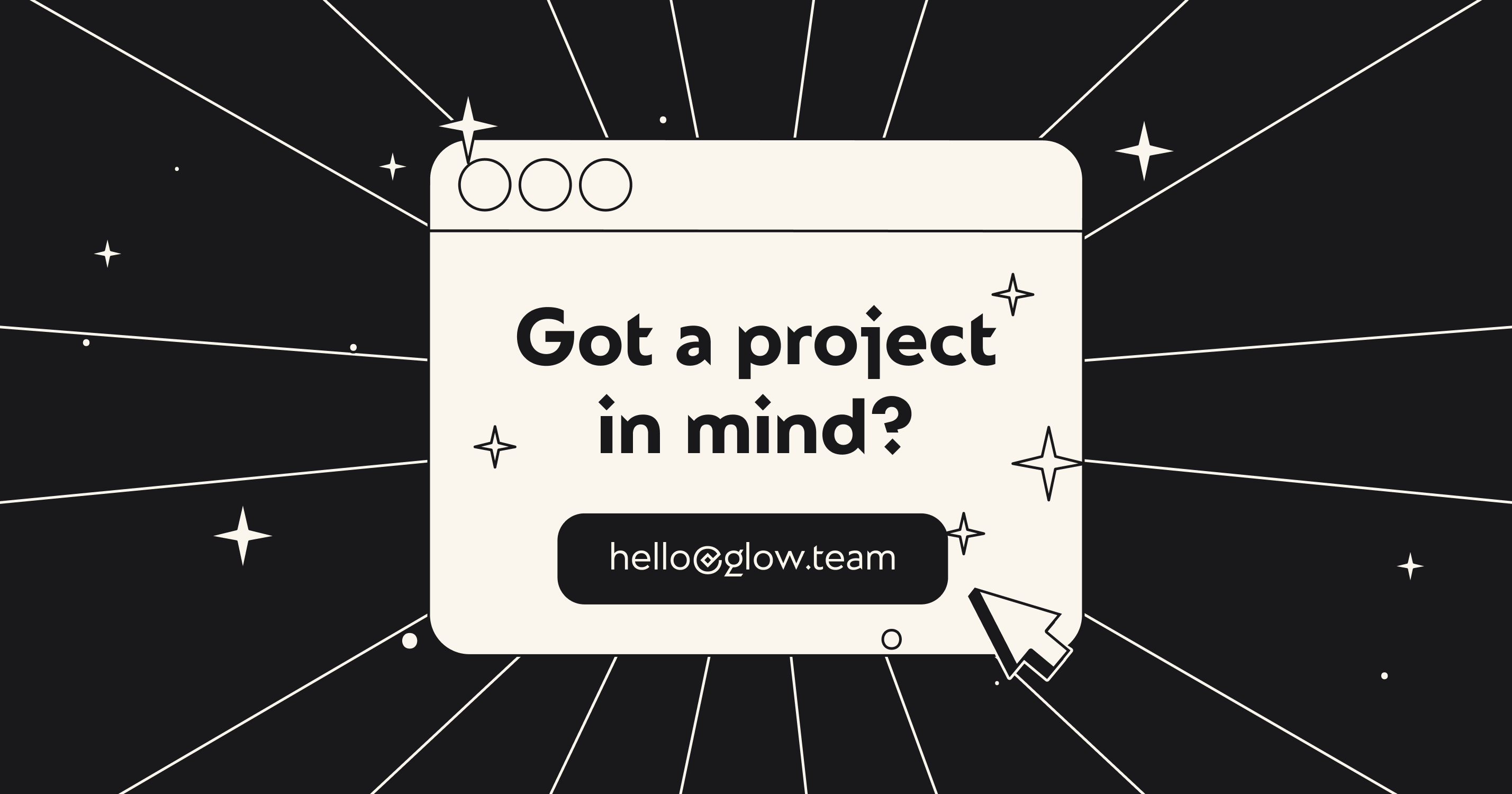
AI is changing the way we think about branding in product design. It offers new tools for creativity and efficiency. The challenges exist, but the benefits are significant. So, if you want an expert design for your product branding, our Glow team can help you!
FAQ
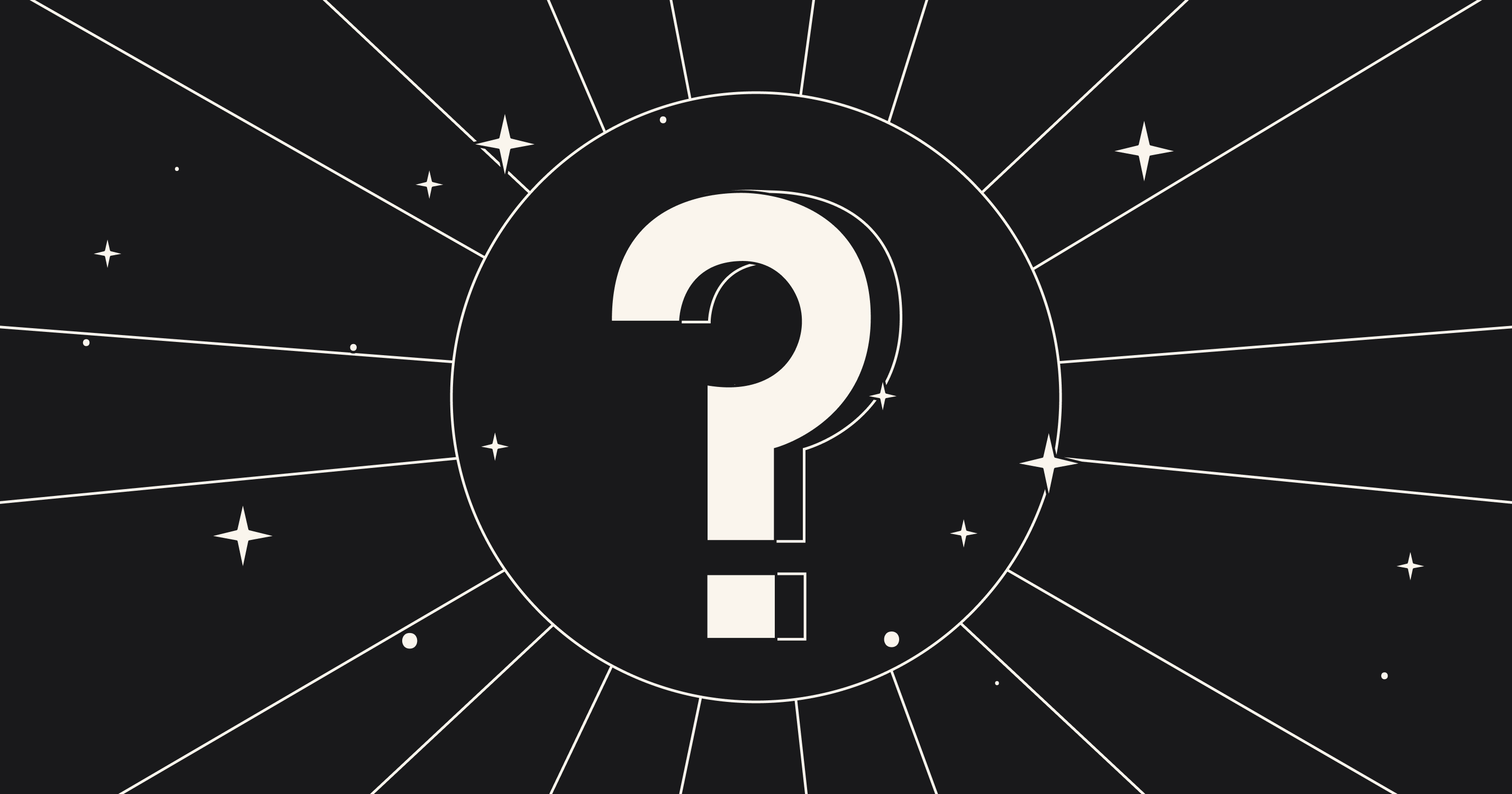 Can AI replace human designers in branding?
Can AI replace human designers in branding?
No, AI can't fully replace human designers. It's a powerful tool, but human creativity and emotional intelligence remain essential in branding.
Are there ethical concerns with using AI in branding?Yes, concerns include data privacy, potential manipulation, and the risk of creating inauthentic or culturally insensitive brand messages.
How can businesses integrate AI into their branding strategy?Start with specific tasks like data analysis or content generation. Gradually expand AI use while maintaining human oversight and creativity.
What are the limitations of AI in branding?AI struggles with understanding complex emotions, cultural nuances, and creating truly original ideas. It also can't replace human strategic thinking.

